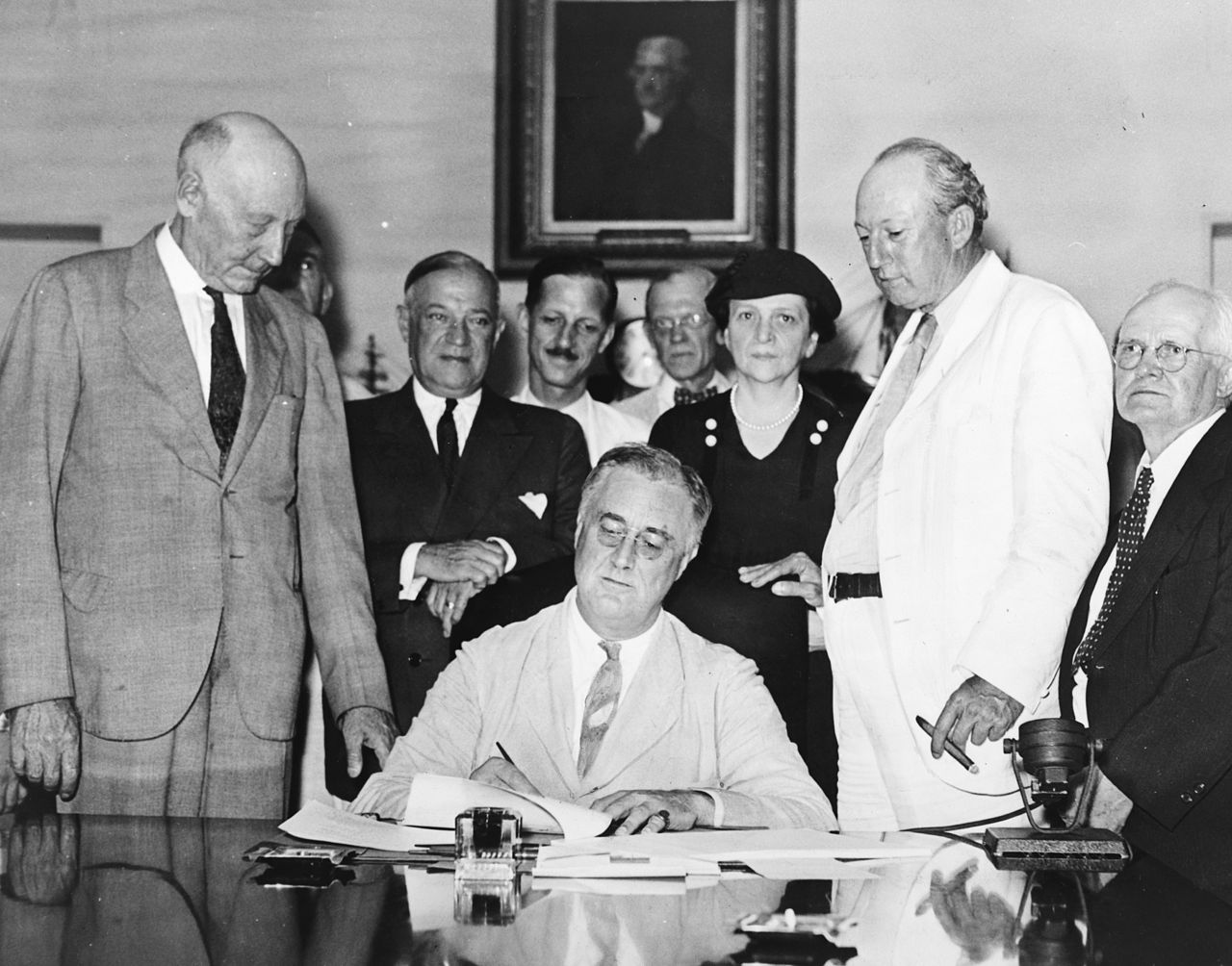The 407-ton packet Ellerslie left New Orleans on December 30, 1848, on a royage that now would be forgotten save for the discovery of a series of watercolor sketches done by one of the passengers, James Guy Erans, a minister and maritime artist bound for the ship’s home port of Baltimore.
Commanding the Ellerslie was Captain Joseph L. White. With him were his wife, Ann, and his little daughter, Mary Elizabeth. Mrs. White must hare been relieved to be learing New Orleans—cholera had been reported there—but four days out of port, Mary Elizabeth died. Her body was committed to the blue waters off the Florida coast.

